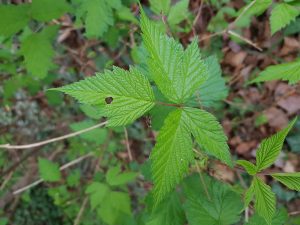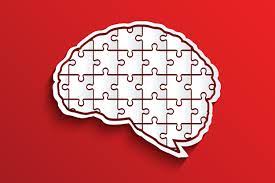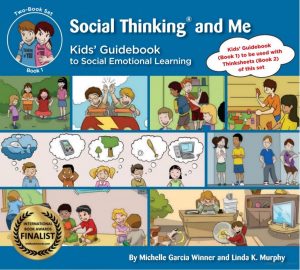Nature Challenge 2023

Want to win some outdoor toys or a game to play with this summer? Please join in our NATURE CHALLENGE!
During the months of April, May and June, starting now, please visit the many parks and natural spaces found in our local area. If you need maps of where these are, you can find them online or in our classroom, and I have provided some links to some great sites below.
Take pictures of yourself in the natural environment. Make a Google Slideshow of your pictures. The person with the most locations by June wins!
Here are the rules:
- Pictures must be taken at some time between April 9 and June 23
- Pictures need to include some identifying nature feature or a sign behind you.
- You need to be in the picture, so I know it is from now.
- One picture per location. Different parts of the exact same park don’t count.
- Same point value regardless of location.
- Local parks, other school playgrounds, beaches, pond areas, pathways, hike trails, lakes, rivers, soccer fields, courtyards with a sign next to it, green belts near your building that have a sign identifying what they are, or any place you can play outside, etc. all count!
- Create a slideshow on PowerPoint or another slideshow application to share the pictures with me. Label the locations.
- You do not have to spend a specific amount of time at the location — all you need is a picture!
- Can’t be old pictures from past years.
- Can include places you travel to outside of the Lower Mainland between now and June 23 only.
- Make this a family challenge!
Local Location Ideas:
- Burnaby Lake Regional Park
- Pacific Spirit Regional Park
- Central Park
- Burnaby Mountain Conservation Area
- Confederation Park
- Kensington Park
- Robert Burnaby Park
- Taylor Park
- Willingdon Linear Park
- Deer Lake Park Trail
- Century Gardens at Shadbolt/Deer Lake
- Centennial Rose Garden
- Barnet Marine Park
- Burnaby Fraser Foreshore Park
- Find the Eco Sculptures in Burnaby
- Reifel Bird Sanctuary (requires a reservation)
- Everett Crowley Park (near Suncrest)
- Byrne Creek Ravine Trail
- Edmonds Park
- Iona Beach Regional Park
- Terra Nova Rural Park
- Spanish Banks Beach Park
- Riverfront Park
- Musqueam Park
- Maplewood Flats Conservation Area North Shore
- Lighthouse Park West Vancouver
- Ambleside Park West Vancouver
- Brunswick Point Delta
- Roberts Bank Coastal Trail Delta
- Boundary Bay Regional Park
- Burns Bog Delta
Small prize for anyone in our class who participates and provides me with a slideshow, and then two main prizes for the two people who go to the most places. I hope you all spend a lot of time outdoors over the next three months!
Ms. D


